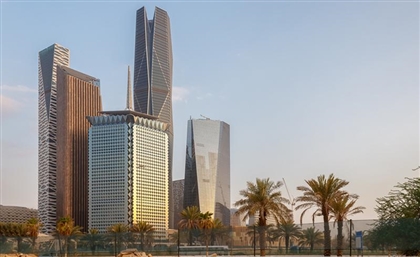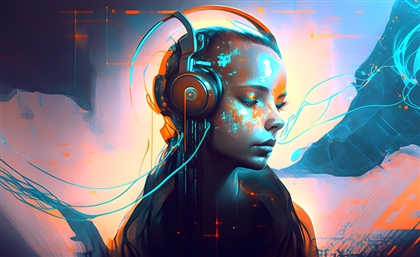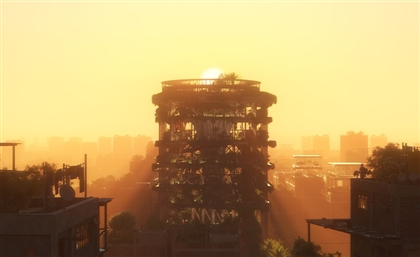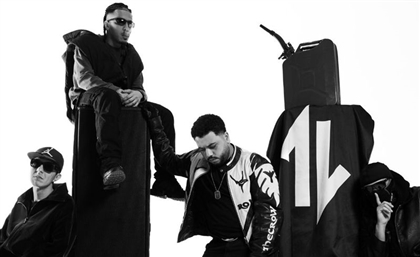Google’s New Tool Lets You Learn and Translate Ancient Egyptian Hieroglyphics
Celebrating the anniversary of the discovery of the Rosetta Stone, Google Arts and Culture has released a new tool: Fabricius. Powered by machine learning and artificial intelligence, it’ll let you identify, translate and learn Egyptian hieroglyphics
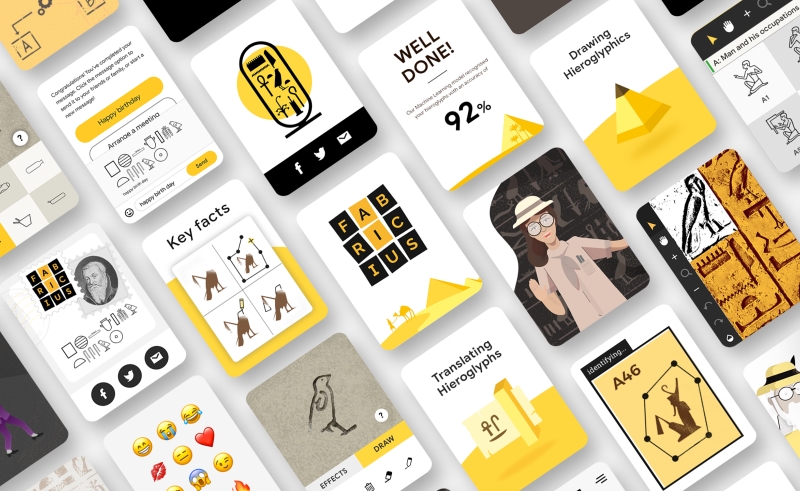
“dO yOu SpEaK HiErOgLyPhIcS?” has got to be one of the top asked questions by foreigners when they find out you’re Egyptian (alongside whether you live in a pyramid and if you ride a camel to school), and now, thanks to Google, you can finally say “yes” instead of rolling your eyes and biting your tongue. On the anniversary of the Rosetta Stone, the internet giant has just announced Fabricius - a new tool embedded in their already popular Google Arts and Culture App - that helps you identify and learn ancient Egyptian hieroglyphics, as well as translate them to and from both English and Arabic.
In fact, Fabricius is the first and only digital tool that has been designed to decode Ancient Egyptian hieroglyphics, powered through machine learning. That means that the software gets better at making sense of the ancient language and the characters used the more people use it. The app has three modes: Learn, Play and Work. ‘Learn’ is pretty straightforward and functions like many language learning tools through flashcards and pop quizzes. ‘Play’ is where things get a little more fun, as it lets you type any message in English or Arabic (and even emojis), and it’ll translate it to Hieroglyphics. If the words you’ve typed didn’t exist in ancient times (or if you insist on the emojis), it’ll translate it to the nearest approximation of what you’re trying to say.
The ‘Work’ function, however, is where it really gets interesting. Designed for professional Egyptologists, anthropologists and historians, if you log into the desktop version of the app, you’ll get to access a ‘workbench’ that lets you upload photos of real life hieroglyphs from temple walls or artefacts, and process the image, outline the often faded symbols, translate and export them. With time, not only does the machine learning model better and more quickly understand hieroglyphics and their meanings, but builds a massive database of preserved writings and inscriptions that can go on to aid the academic community.
- Previous Article Dr.Sisilove or How (Not) To Diffuse A Bomb
- Next Article Archaeologists Discover Mysterious Passageways in the Ancient City of Abydos
Trending This Week
-
May 01, 2024




